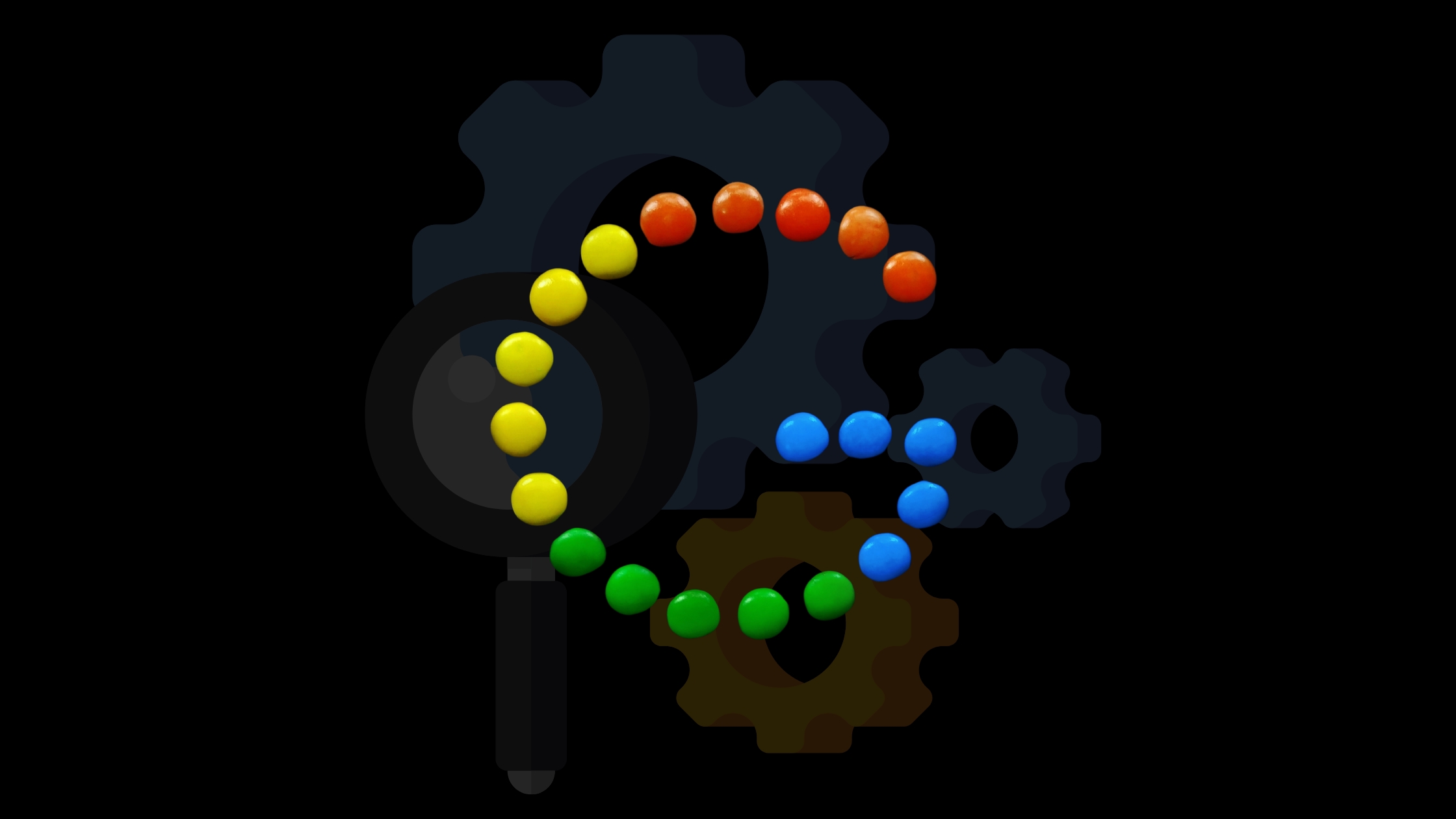Talking about the old school days, our mentor used to say that we should use proper headings in our writings. The same scenario applies to content when it comes to optimization.
That is why heading tags come into the role. These tags enhance readability and also improve search engine optimization.
So, in this blog, we will discuss these heading tags and their significance and explore some ways to use them effectively. Let’s start!
What are heading tags?
Heading tags, referred to as “Header Tags,” are HTML elements that are used to define the different headings and subheadings on a webpage.
They range from H1-H6. The number in the heading tags depict the level from descending to ascending order. This is how the symbol in HTML characterizes the header tags.
The main purpose of using these tags is to define the structure of the content so that the user quickly understands the written matter. In short, it helps to craft a document in a proper readable format. Not only this, it serves as a guide to the search engine to understand the structure and importance of the information presented.
Let us now move on to the different tags, from H1 to H6, their hierarchy, and their purpose.
Hierarchy of Heading Tags
Here is a quick view of the different heading tags and for what purpose they are used in the content:
H1- This is the primary tag in the headings that represents the main title of the page. It is used to highlight the topic of the content. It is only used once in the whole content.
H2- These are the subheadings supporting the H1. It means you can use them to describe the other major points related to your topic.
H3- These are the supporting subheadings for the H2, which clarifies the intent mentioned in H2.
H4- These are the supporting subheadings for the H3, which clarifies the intent mentioned in H3.
H5- These are used for further subdivisions.
H6- The less commonly used header tag used for supporting H5, if necessary.
So, this hierarchy explains that H1 is the central element in headings, gradually decreasing towards H6. As we talked about, these elements serve a specific purpose and are essential for both the reader and the search engines. That is why it is advised to use them in the content. Read the following points to get a clearer picture of the benefits of using them.
Why are Heading Tags Important?
Here is how heading tags play a crucial role in drafting content;
Improving Readability
The first significant benefit of these tags is improving readability. They distribute the content in a proper format, which makes it easier for the user to understand.
It helps to enhance SEO
search engines use heading tags to understand the structure & context of the webpage. Therefore, optimized content with proper heading use can help rank the content on the SERPs.
How to Use Header Tags Effectively?
Heading tags have a significant role in shaping your content, and that’s why it is essential to use them effectively. Here is how you should use them :
Always Start with H1 for the Main Title
You should use <h1> tag for the content that describes the main topic. This helps search engines and users immediately understand the primary focus of the content.
Some Tips
- Make use of a single h1.
- Incorporate the significant keyword in the h1 to give a clear picture of the intent.
- Make it engaging and persuasive.
For better understanding, take the example of this same blog, here we have used the following:
<h1>Heading Tags: What are they, benefits and how to use them</h1>
Use H2 for Major Sections
Now, when you want to introduce a new supporting topic, distribute the content using H2. This will help improve the readability. Also it will help the viewer’s eye and mind understand the content better.
Some Tips:
- Create a new H2 for every new significant topic you want to add.
- Make use of keywords, but don’t overstuff them.
Here is how we have used the H2 tag in this content:
<h2>What are Heading Tags</h2>
<h2>Why are Heading Tags Important?</h2>
<h2>How to Use Header Tags Effectively?</h2>
and so on…
Use H3 to H6 for Subsections
For describing the detail, use <h3> and beyond to further divide sections. When you want to add some points to support the previous headings, make use of these tags.
Things to consider here are:
- Always use these tags in a hierarchy, that means from h1 to h6.
- Use secondary keywords in these headings.
Here is how we have used these tags:
<h3>Start with <h1> for the Main Title</h3>
<h4>Major Tips</h4>
and so on…
Make your headlines interesting.
The reader does not skim the entire content but becomes engaged at a certain point because the header piques his interest. Hence, you should make an effort to draw readers’ attention in addition to providing a matter-of-fact description of the subject of the section that follows.
Add Keywords Naturally
Make sure your headlines contain pertinent keywords that flow smoothly from the text. Stay away from stuffing the keywords, as it can harm both SEO and readability.
This is how you can use the heading tags.
Common Mistakes to Avoid
There are some points that you should keep in mind while creating them. Have a look at them in the following section
Using Multiple H1 Tags
If you use multiple H1, it can confuse search engines and lessen the importance of your main title. Stick to one <h1> per page.
Skipping Heading Levels
Skipping heading levels disrupts the logical flow of content.
Overuse of Headings
We know that using headings is essential, but you should not make them overuse. As cluttering them can decrease the readability of the content.
Conclusion
Thus, heading tags are an excellent way to improve readability, enhance user experience, improve search engine optimization, and much more of your content. You just have to ensure their proper use, keeping in mind the above-mentioned tips. You can also connect with iYnix Digital, a comprehensive digital marketing company in the USA, to get professional marketing services.




